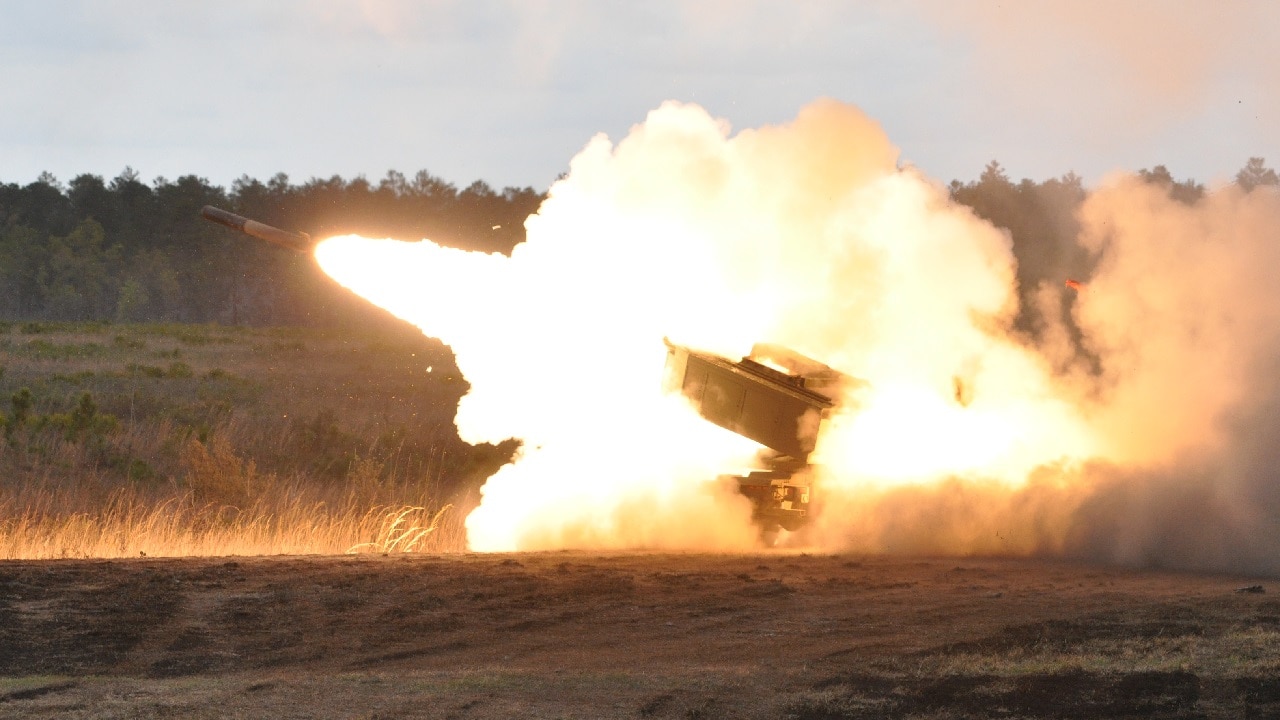Daniel Davis

I’m going to be bluntly honest and make a declarative statement and then provide the rationale: peace and security in Europe is unequivocally available, relatively easy, and available. Peace is an outcome in the Russia-Ukraine war that can be selected by multiple parties. It isn’t near as elusive as commonly believed – that is not to say, however, that there is a snowball’s chance in hell in the current environment, with the current crop of leaders, that peace will be sought.
It won’t even be genuinely considered.
The cold reality of why no one in the West will choose this peace is virtually no one in a position of power wants peace. The West wants to crush Russia. Other interests are relegated to secondary status. For there to be an end to the war, the collective West would have to alter their priority list.
The three objectives that ought to drive American policy are: a) the security of the United States, b) the security and well-being of the Ukrainian population, and c) the security and well-being of our European NATO allies. If those were the top priorities (instead of weakening Russia as is currently the case), then peace would have been accomplished many months ago. Here’s what peace would look like and how it would be put into effect.
To be upfront and coldly honest from the outset, what follows is based on the realities at play, the balance of power between the various actors, and what is genuinely possible. It is not based on Western preferences (which are a Ukrainian victory, a Russian defeat, and Ukraine in NATO – all of which fall into the category of militarily and politically unattainable). One last admission: what follows is the equivalent of taking bitter medicine: no one is going to like taking it, but it is necessary to preserve life.
To achieve a sustainable peace, the West’s leaders should privately tell Zelensky that open-ended military, political, and financial support from the West will end by a given time and he must therefore make the best deal he can with Putin to end the war, putting an end the destruction of his cities and preventing any more Ukrainian citizens from suffering unnecessary deaths.
The basic contours of this peace would center on the recognition that the Donbas and Crimea are not coming back to Kyiv anytime soon. As was considered in the March 2022 Istanbul meetings between Russia and Ukraine, those territories need not be permanently ceded, but put off for negotiations for 15 years. Russia would freeze its offensives at the current line of contact and be prohibited from gaining any more territory in Luhansk, Donetsk, Zaporizhia, or Kherson.
A United Nations peacekeeping force (composed of military members outside of Europe) would be established to ensure neither side crossed or attacked over an agreed-upon line of separation. Ukraine would declare itself to be militarily neutral and in return, Russia would not interfere with Ukraine’s accession into the European Union (if the EU later agrees to extend such an offer). There would be many other important elements of a deal, but these are the primary elements necessary to end the fighting and return a semblance of stability to the continent.
Meanwhile, NATO and U.S. national security would remain strong, and in fact, be more assured in this post-settlement environment than it was prior to February 2022. There are four very practical reasons upon which to base this claim. First, the Russian conventional military has been exposed as being far weaker than we ever believed it was as evidenced by its inability to conquer more than roughly 17% of Ukraine even after 14 months of all-out war.
Second, most NATO countries have put themselves on course to dramatically increase their national defense spending. Third, with the accession of Finland and soon Sweden, the eastern flank of NATO will be far stronger and more united against Russia than at any time since the 1980s. Lastly, the Russian military has suffered egregiously, in both personnel and equipment, and would likely need decades to recover even to their pre-2022 military strength. Without question, then, the security of America and our European allies would be strengthened by ending the war in Ukraine.
In all probability, however, neither the United States nor Europe will take that available path to security. Instead, it is near certain that the collective West will continue pursuing the militarily unattainable aspirations of seeing Russia lose and Ukraine win. We will continue depleting our own ammunition arsenals, weapons’ stocks, and send billions to Kyiv in pursuit of an emotionally satisfying effort. Yet this path will most likely lead to yet more destruction of Ukrainian cities, the loss of tens of thousands more of her troops, and possibly the loss of more territory.
As I have argued since the war began, there is no path to a military victory for Kyiv. Ukraine and its Western supporters can ignore this military reality and try to achieve victory anyway, but in the end, the two most likely results will be either a negotiated settlement or a military defeat. In either case, the 1991 borders will not be restored anytime soon.
I understand that many will revile the suggestion that the U.S. should press Zelensky to seek a negotiated settlement. Many will claim doing so will “reward aggression.” It won’t. Russia has egregiously suffered and will remain an international pariah for a considerable time, regardless of how the war ends. But there is no viable path by which we can convert our preferred outcome – a Ukraine victory and Russian defeat – at an acceptable cost. We should, therefore, stop going down a path that cannot succeed and start to make policies that have a realistic chance of success which are based on reality.
No comments:
Post a Comment